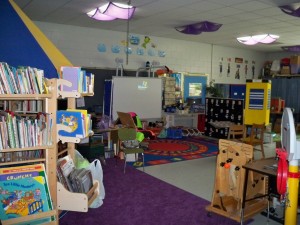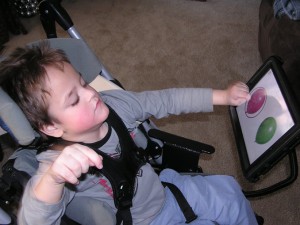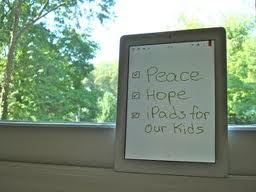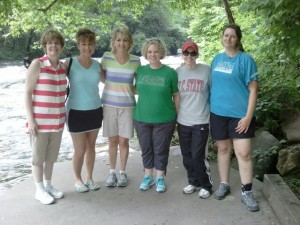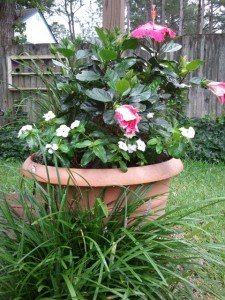As related to the Extended Content Standards, technology is an integral piece in allowing students with severe disabilities to be active participants in all academic lessons. Each student needs to have some type of individualized communication…which usually involves some type of low or high tech technology piece.
The Standards coincide very well with our ability to incorporate technology. The Standards are not the problem as far as technology issues. The toughest part in the low incidence classroom is figuring out how to make the technology ideas work for our students. Everything we do must be adapted for individual students and sometimes the technology may not be at the same academic level or give the physical access needed for students to use it.
There are many other technology options that can be integrated into the lessons that would help our students be more independent. Currently, I try to incorporate iPad apps and adapted communication technology into lessons. I sometimes use the iPad connected to a wireless computer with an LCD projector so that the class can be involved in the activity when everyone is taking turns. Using the projector also helps those students who may have vision issues. We use many Smart Board lessons to be displayed on the Promethean Board as well. In order to allow our students to have a voice, they not only use picture and texture communication systems but low tech voice output devices as well. These are embedded through the majority of the lessons. Technology is usually embedded in addressing the objectives for literacy in that students can use iPads, writing programs, Smartboards, Intellikeys and many other wonderful products available for our students with special needs.
The Standards give us a nice stepping stone on which we can build academic skills and include technology to make learning effective for our students.
